Description
MADI – from a microphone’s point of view
RME proudly presents a new generation of top-class microphone, line and instrument preamp, hi-end A/D converter, digital patchbay and format converter, monitoring device, and last but not least the flexible frontend for Apple’s iPad® – the OctaMic XTC!
With the OctaMic XTC eight microphone and line inputs, four switchable to Hi-Z mode, meet an unrivaled variety of digital connection protocols – from common ADAT and AES/EBU to sophisticated 64-channel MADI optical.
Analog signals are converted with RME’s newest converter technology. Maintaining the excellent sound and frequency response that RME converters are known for, this preamp excels in an extraordinary gain range, extremely low latencies and stunning EIN and signal to noise ratios.
With the help of the full-color TFT display, the quickly accessible setup options reveal another truly unique feature: all analog and digital inputs, including up to 64 MADI channels and 8 AES/EBU audio channels, can be freely patched to any output – including the 24 channels of its Class Compliant USB 2.0 audio interface format.
Connect – to insert, merge and extend
When attached by MIDI (DIN, MIDI over MADI, or USB) to an RME audio interface running TotalMix FX, the OctaMic XTC can be remotely controlled directly within the input channel strips of TotalMix. An example is the combination of the renowned Fireface UFX II with an XTC on top, connected via ADAT, adding 8 analog inputs and 4 analog outputs to RME’s flagship interface.
Full remote control support allows the unit to be as close to the analog signal source as possible while important settings and configurations can be modified, as well as stored and recalled, not only on the unit itself but also from a larger distance.
With 24 channels I/O in Class Compliant mode the XTC is also the most flexible and advanced interface ever built to work with the iPad (needs Apple Camera Connection Kit).
The OctaMic XTC is a full range hi-end preamp and AD/DA-converter in reference quality, fully remote controllable. In a standard 19″ box with 1 unit height, the device offers numerous extraordinary features like Intelligent Clock Control (ICC), SyncCheck, SteadyClock, QuickGain, AutoSet, MIDI over MADI, and remote control via USB, MADI, and MIDI. It includes 8-channel 192 kHz / 24-bit AD conversion with eight high-class microphone and line/ instrument pre-amplification inputs in excellent RME quality. Lowest distortion, excellent signal to noise ratio and perfectly linear frequency response allow for unchanged transmission and amplification of the microphone signals.
OctaMic XTC provides 8 balanced XLR mic/line inputs. 4 balanced line inputs via TRS and 4 unbalanced line/instrument inputs via TS were realized by using Neutrik XLRs/TRS combo jacks. Frontside keys give quick and direct access to the most often used functions, perfectly visualized on an easy to read TFT-display.
The XTC’s 8-channel AD- and 4 channel DA-conversion operates at up to 192 kHz. The digitized signal is available simultaneously at the double ADAT output (S/MUX), a D-sub 25 connector (4 AES/EBU outputs) and MADI optical. Using Mac OS X or an iPad™, up to 24 I/Os can also be used via USB.
RME’s outstanding SteadyClock™ ensures perfect AD/DA-conversion, as jitter on the external sync sources is nearly completely removed. The digital inputs and outputs can be used simultaneously to the AD/DA conversion. Sophisticated routing options turn the OctaMic XTC into an AD/DA-converter with multiple digital outputs of different formats, as well as a digital format converter between ADAT, AES and MADI, and also a signal inserter/extractor for serialized MADI setups.
Equipped with the latest professional AD-converters, the OctaMic XTC excels with super low noise, super low THD, and super low latency conversion (< 0.28 ms).
OctaMic XTC goes Windows
RME released a firmware update for the OctaMic XTC (v47), and an updated MADIface series driver (v0.9573), which enable direct connection and usage with Windows computers. RME’s own Class Compliant driver adds special hardware support to reach the same legendary stability and performance as RME’s other audio interfaces. WDM and ASIO are controlled by a simple settings dialog, with options to control buffer size, sample rate, and the number and kind of WDM devices. Please note that TotalMix FX is not supported.
QuickGain
Each input channel pair features a direct select button for quick access of the input gains, which can then be set immediately with the encoder knobs 1 and 2.
AutoSet
Prevents overload by automatically reducing the gain when the input level gets too high. Can be used individually per channel or for groups.
Groups
Channels can be freely assigned to up to four groups. The gain can be changed individually or for the whole group.
Clear State
Dedicated LEDs for present signal, overload, phantom power and PAD/instrument mode for every input channel are accompanied by detailed metering on the color display.
Monitoring
Two high power TRS stereo line/phones outputs provide high volumes with high and low impedance headphones. The source of these analog outputs can be chosen between all signals handled by the XTC.
High-Resolution Color Display
In combination with two rotary encoders operating the XTC is quick and easy. The display shows level meters for all inputs, menus and pages for all settings and functions, input gain values, digital routing, monitoring and much more.
MIDI remote control is available via 2 standard MIDI DIN jacks, MIDI over MADI and USB.
Digital synchronization is achieved through all digital inputs and word clock.
Digital I/O
The XTC has all common digital formats on board: AES/EBU, ADAT optical and MADI optical, for inputs and outputs. The USB port allows for firmware updates under Windows and Mac. On Mac OS X and with the iPad USB turns the XTC into a flexible 24-channel audio interface.
Analog Inputs
The XTC has eight high end, digitally controlled microphone preamps. Four of them feature PAD for input levels up to +32 dBu. The other four can be switched to Hi-Z mode to directly connect instruments. All TRS connections are phantom power-free. The outstanding design of the input circuits provides a stunning gain range of 85 dB, making the XTC compatible to whatever source is attached to its inputs.
Equipped with the latest professional AD-converters, the OctaMic XTC excels with super low noise, super low THD, and super low latency conversion (< 0.28 ms).
Accessories
- Optical cable, Toslink, 0.5 m (1.7 ft)
- Optical cable, Toslink, 1 m (3.3 ft)
- Optical cable, Toslink, 2 m (6.6 ft)
- Digital breakout cable Pro, AES/EBU, D-sub25 to 4x XLR-3 female + 4x XLR-3 male, 1 m / 3 m / 6 m (ALVA Audio)
- Digital D-sub cable, AES/EBU, D-sub25 male to D-Sub25 male, 1 m / 3 m / 6 m (ALVA Audio)
- Optical ADAT Toslink cable 1 m / 2 m / 3 m / 5 m / 10 m (ALVA Audio)
- Word Clock cable, 1 x BNC male to 1 x BNC male, 1 m / 5 m / 10 m (ALVA Audio)
- DTOX-32 Universal Breakout Box with 2 x 8 XLR to 2 D-sub connectors (supports TASCAM and YAMAHA digital pinouts)
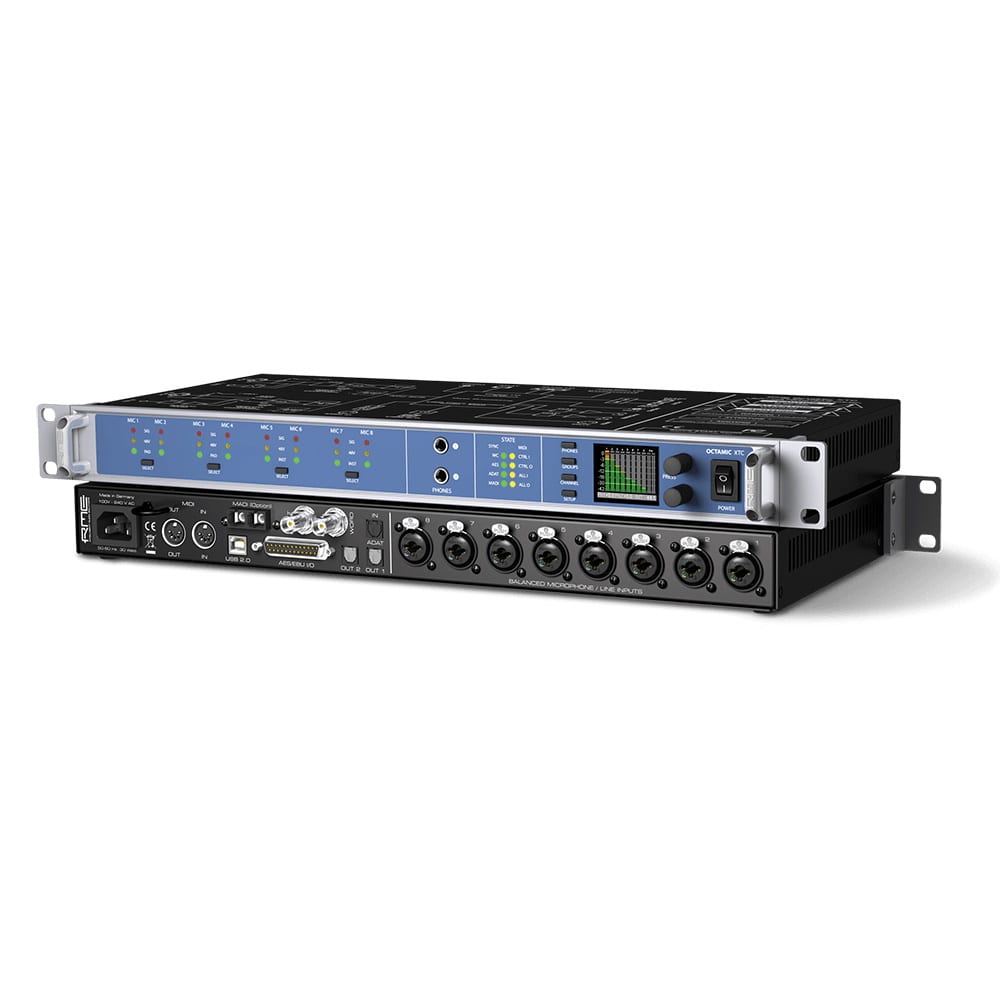
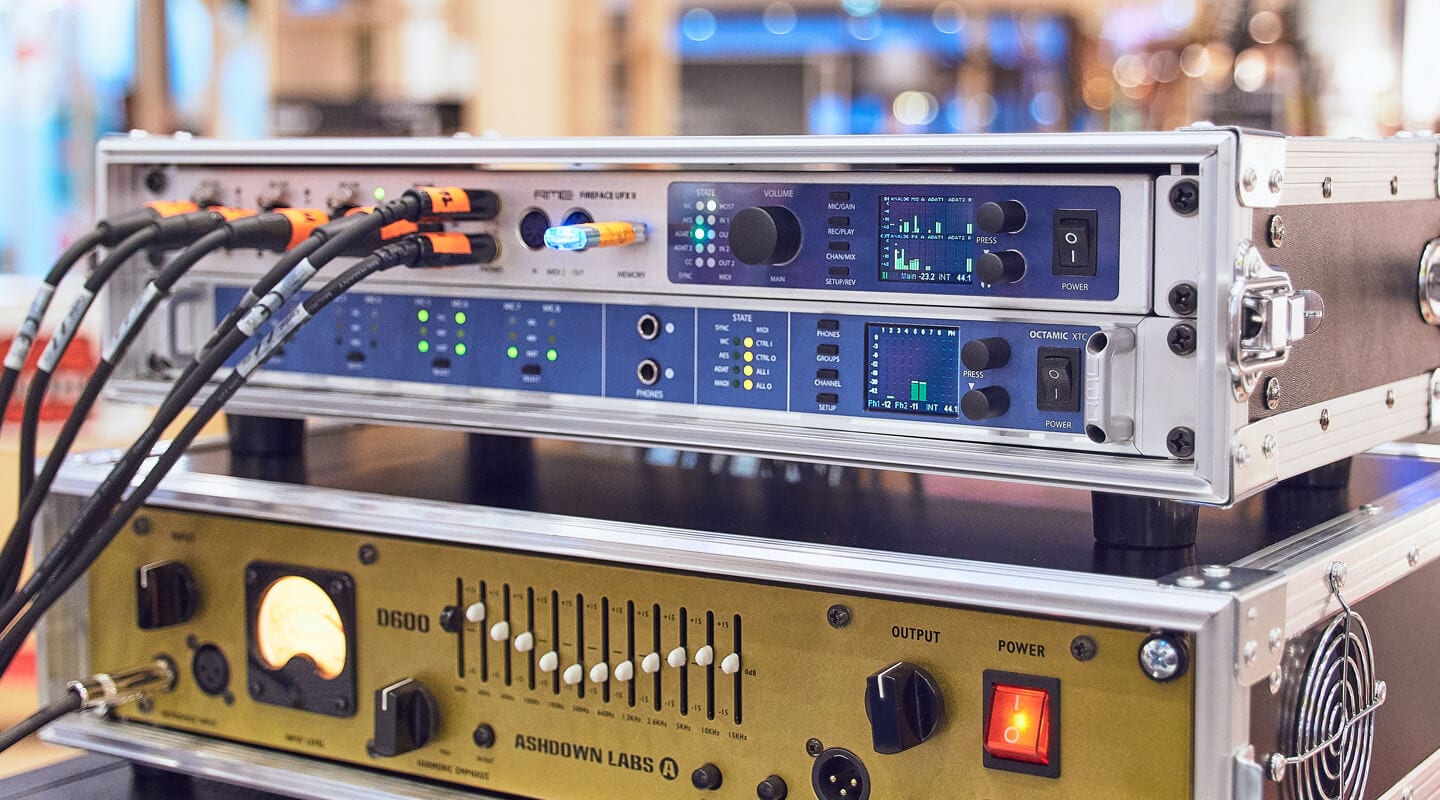

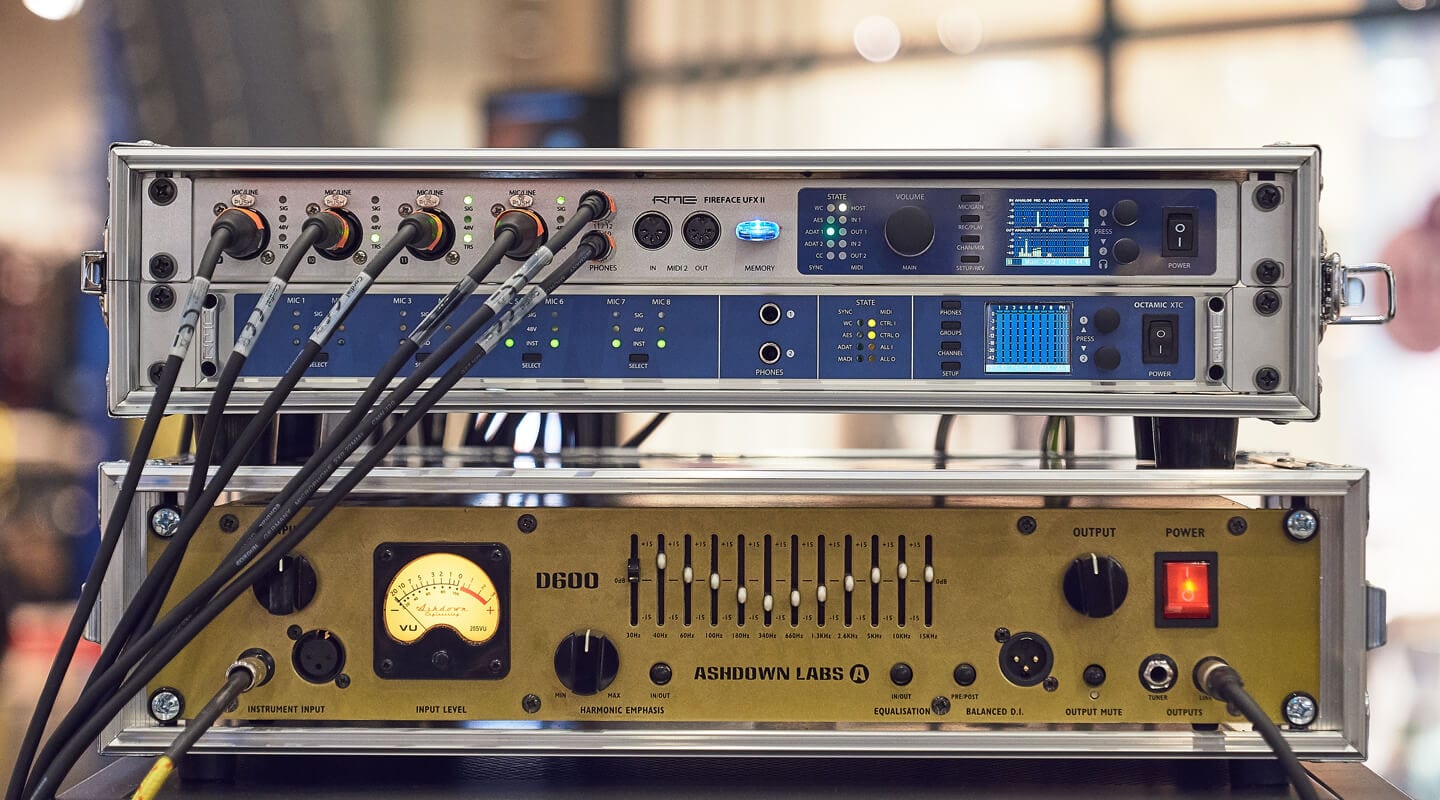




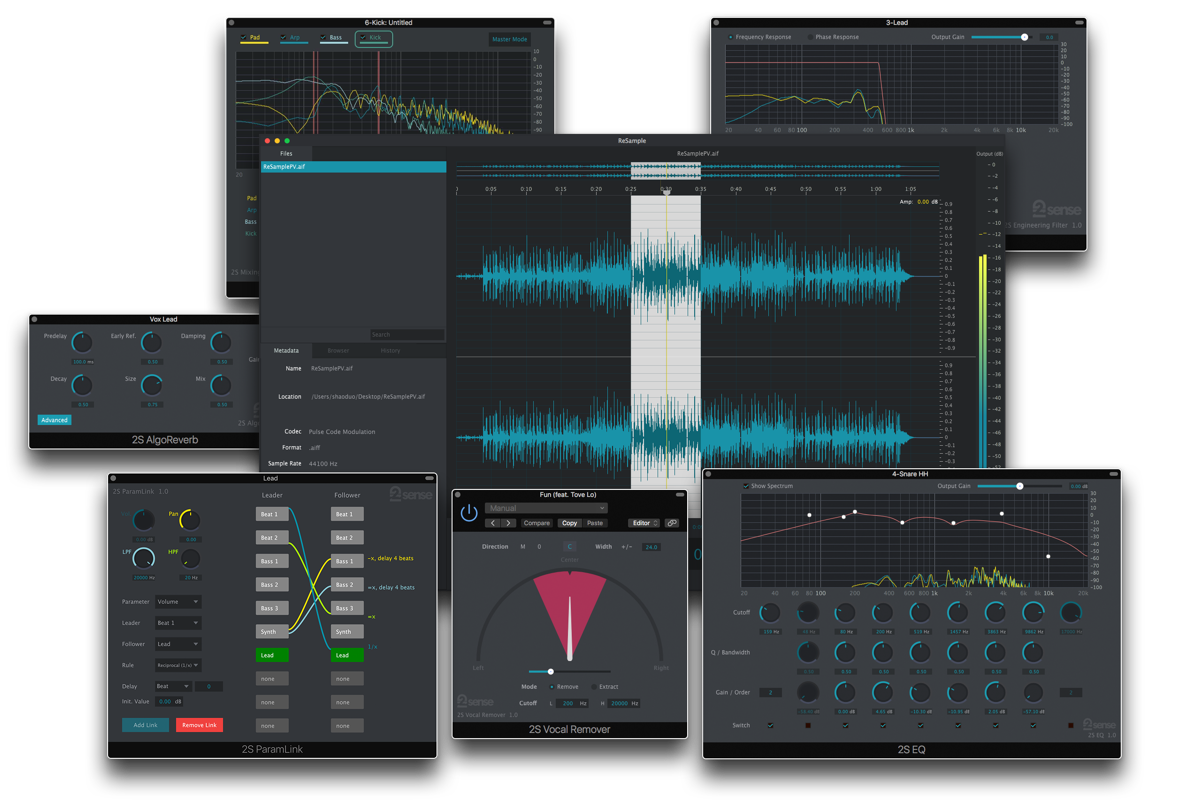
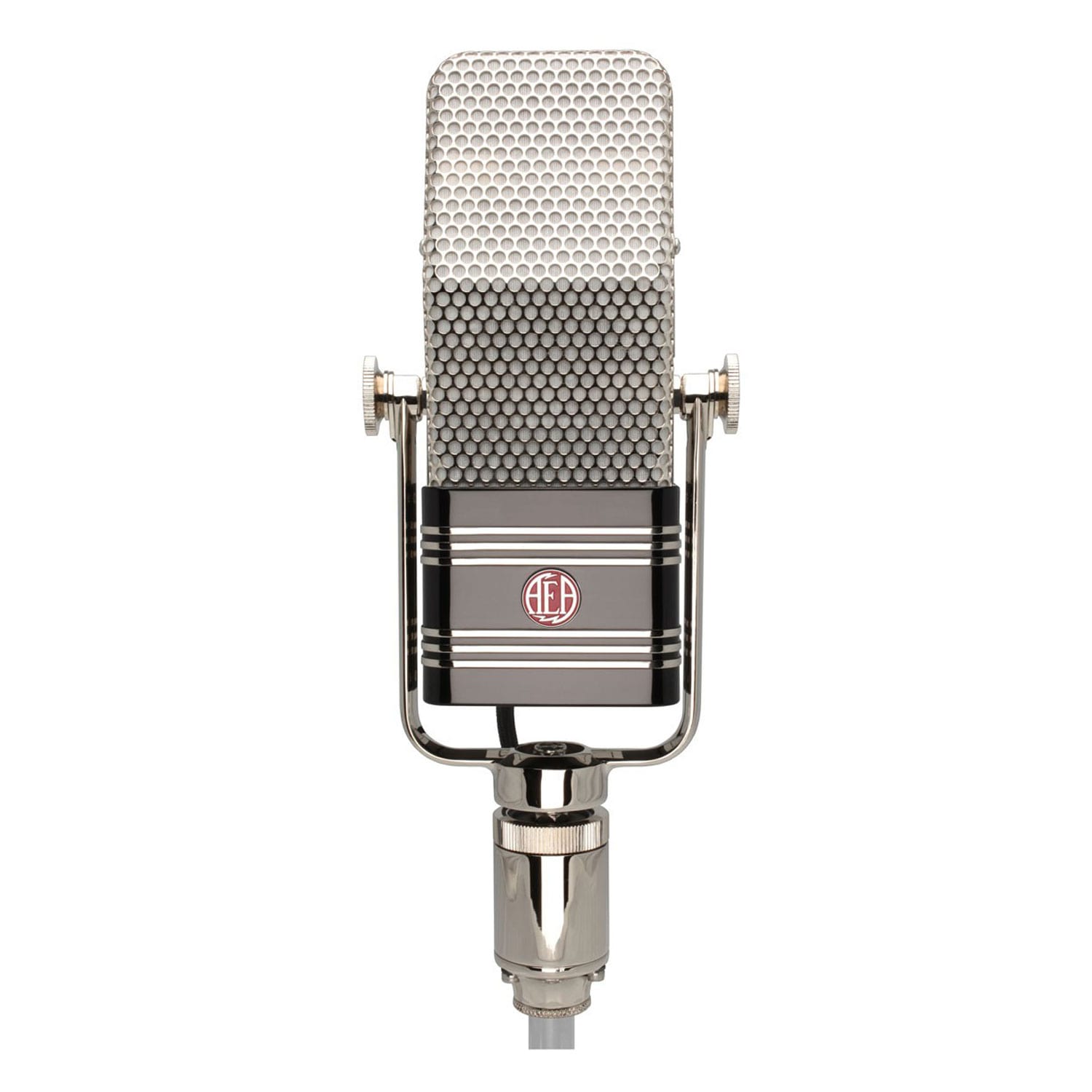

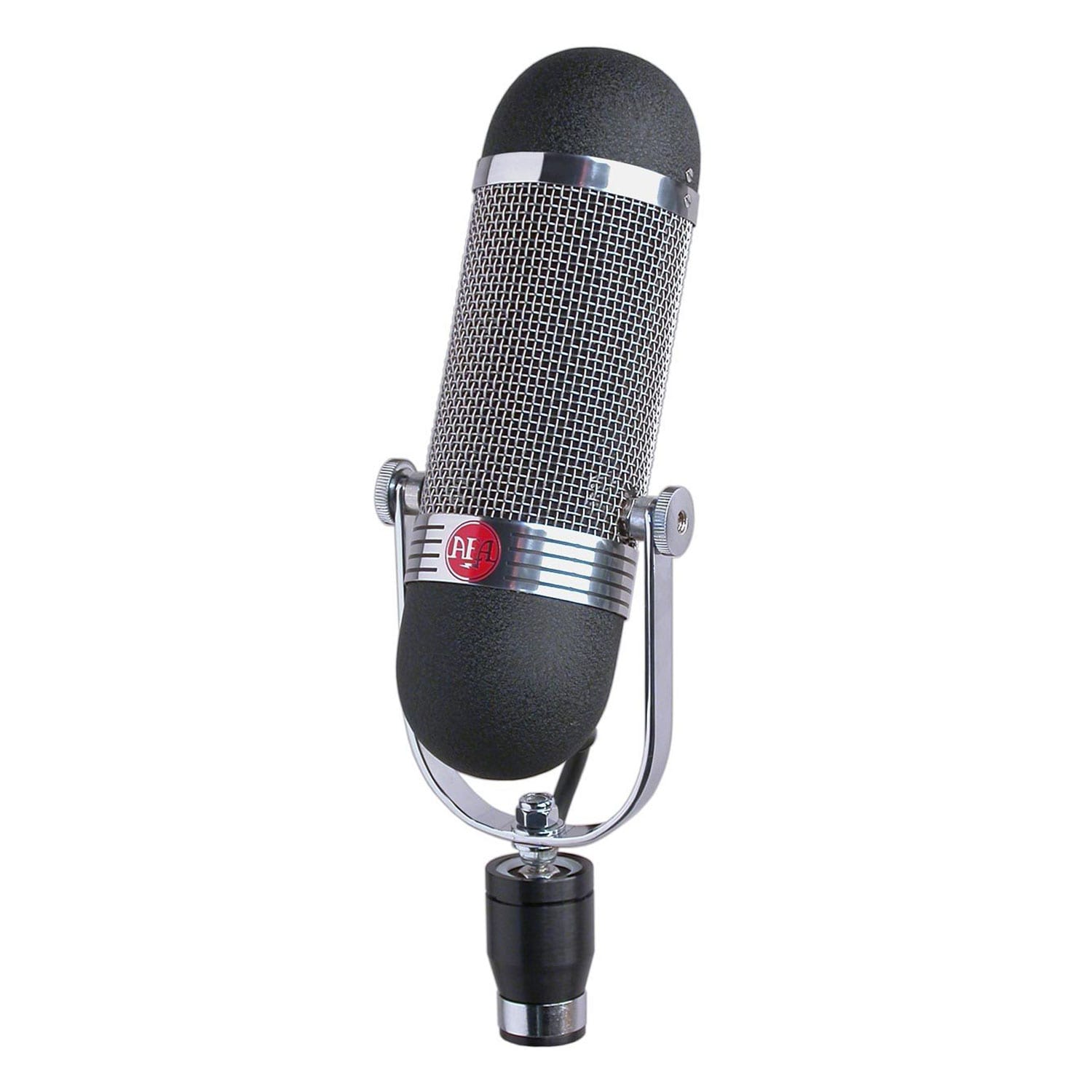

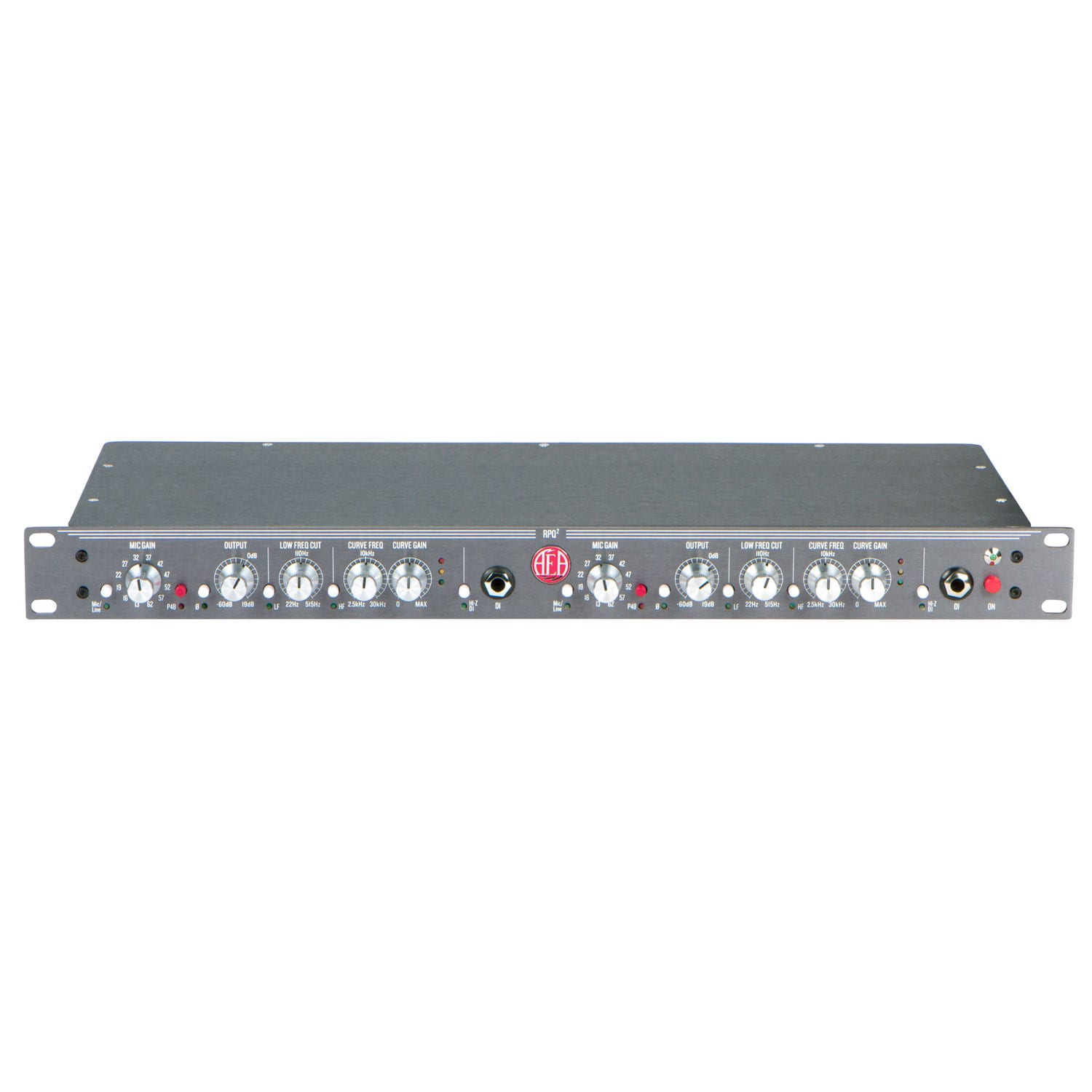

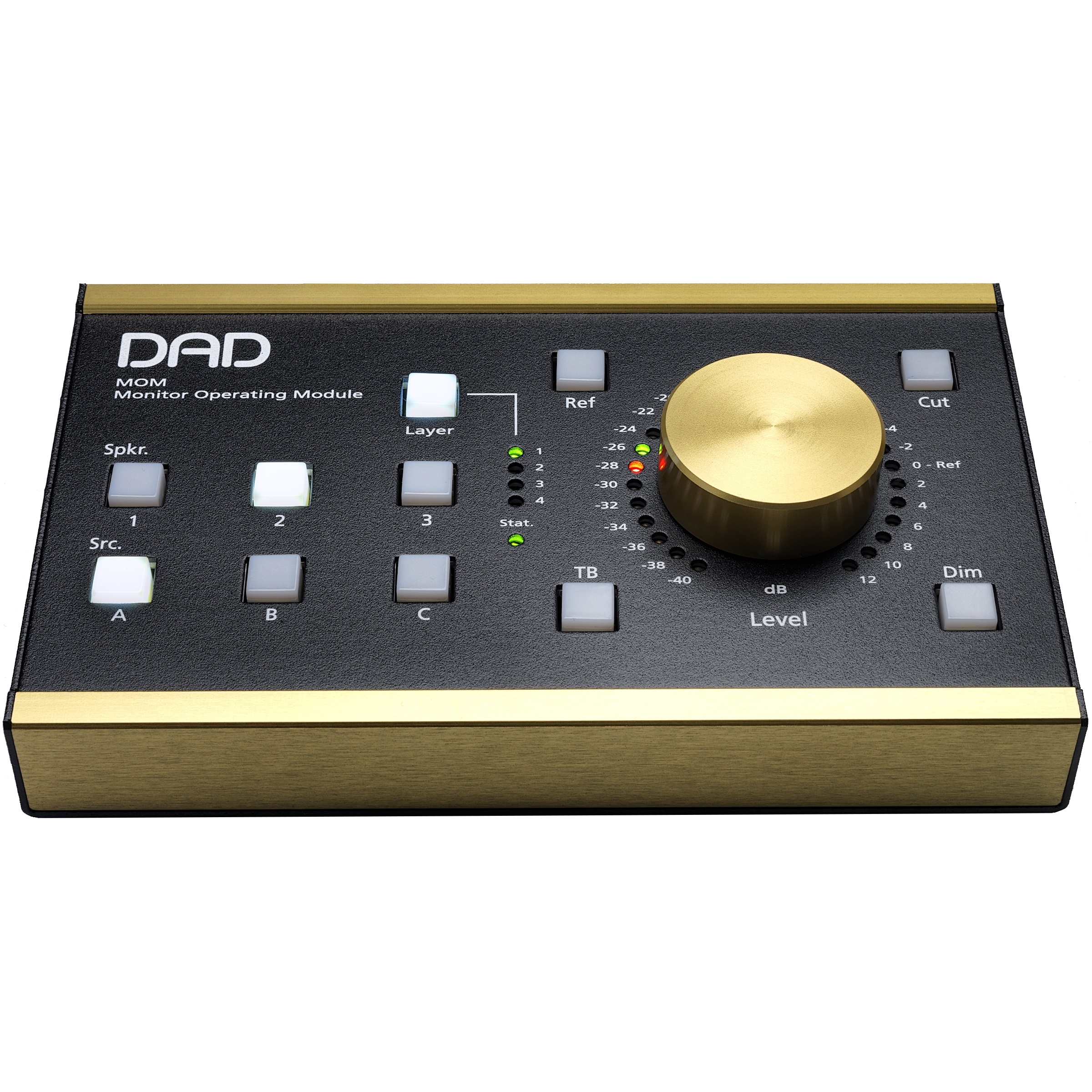
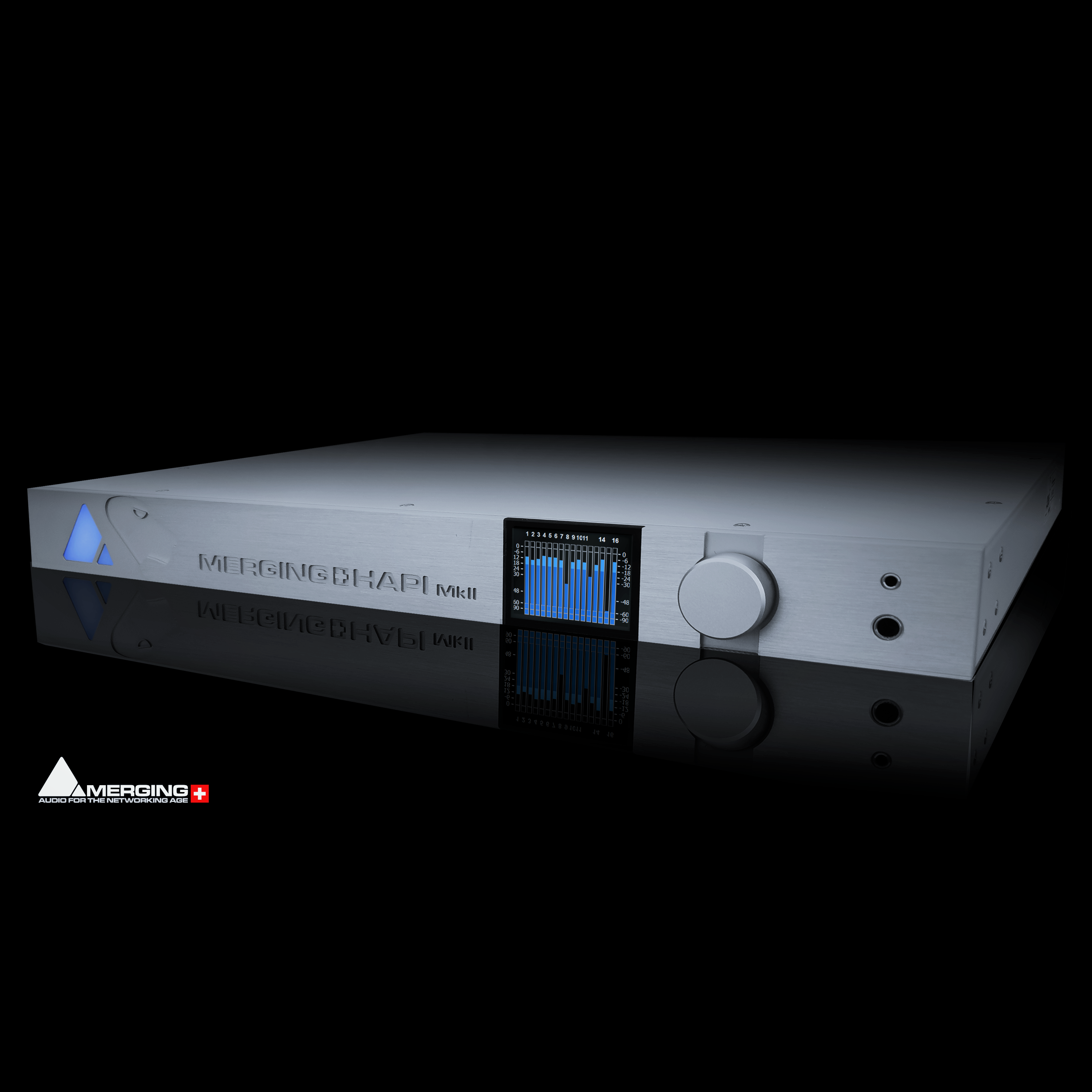

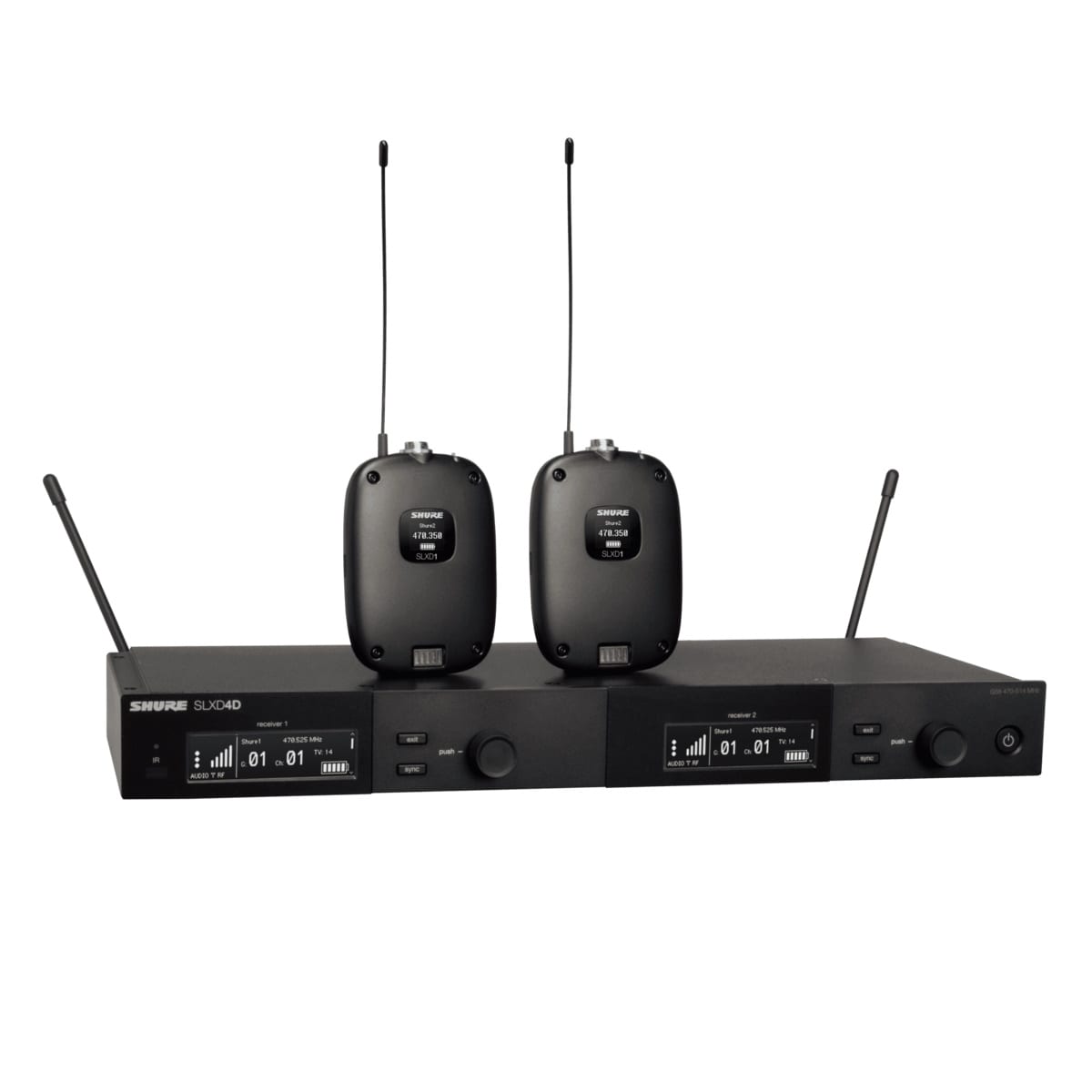
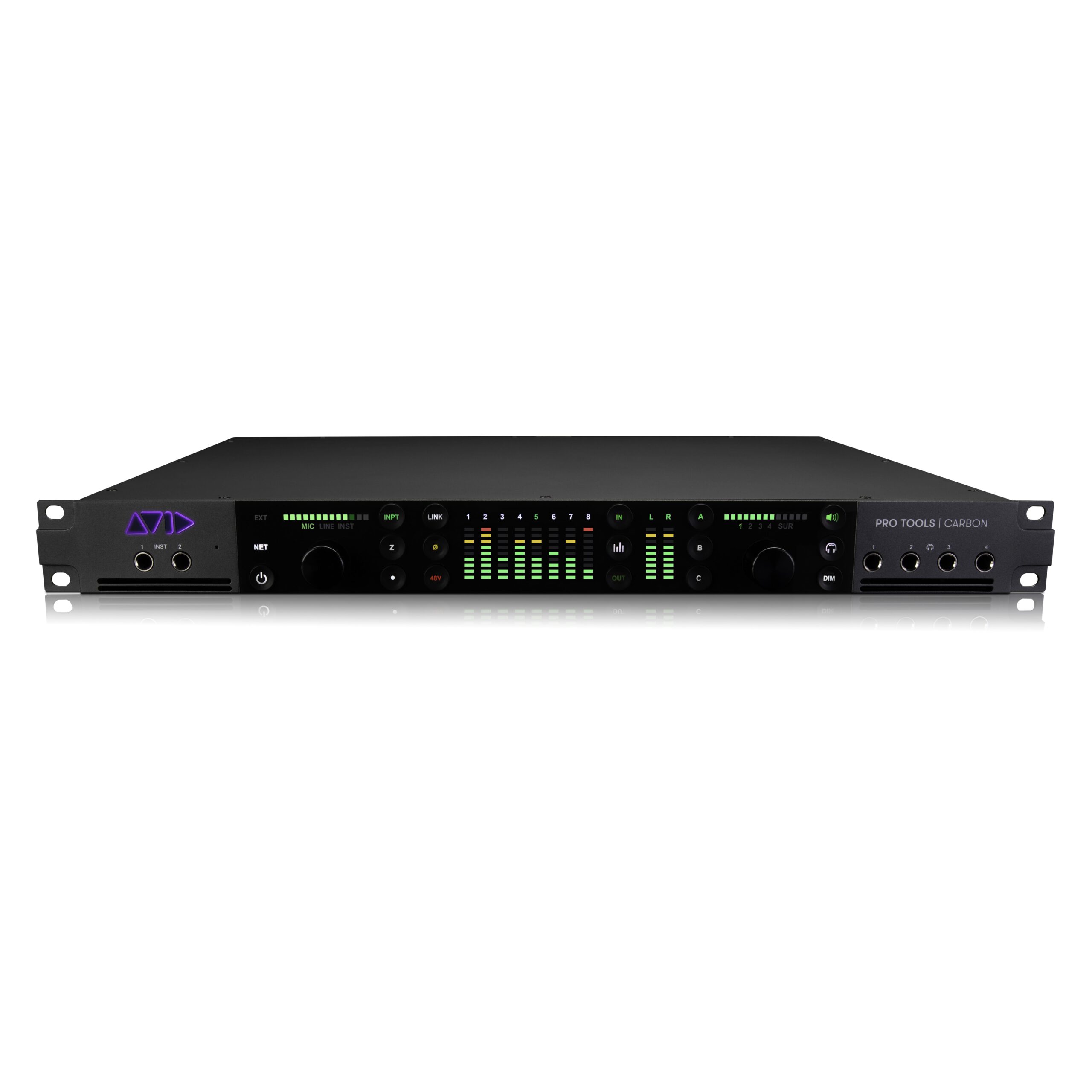
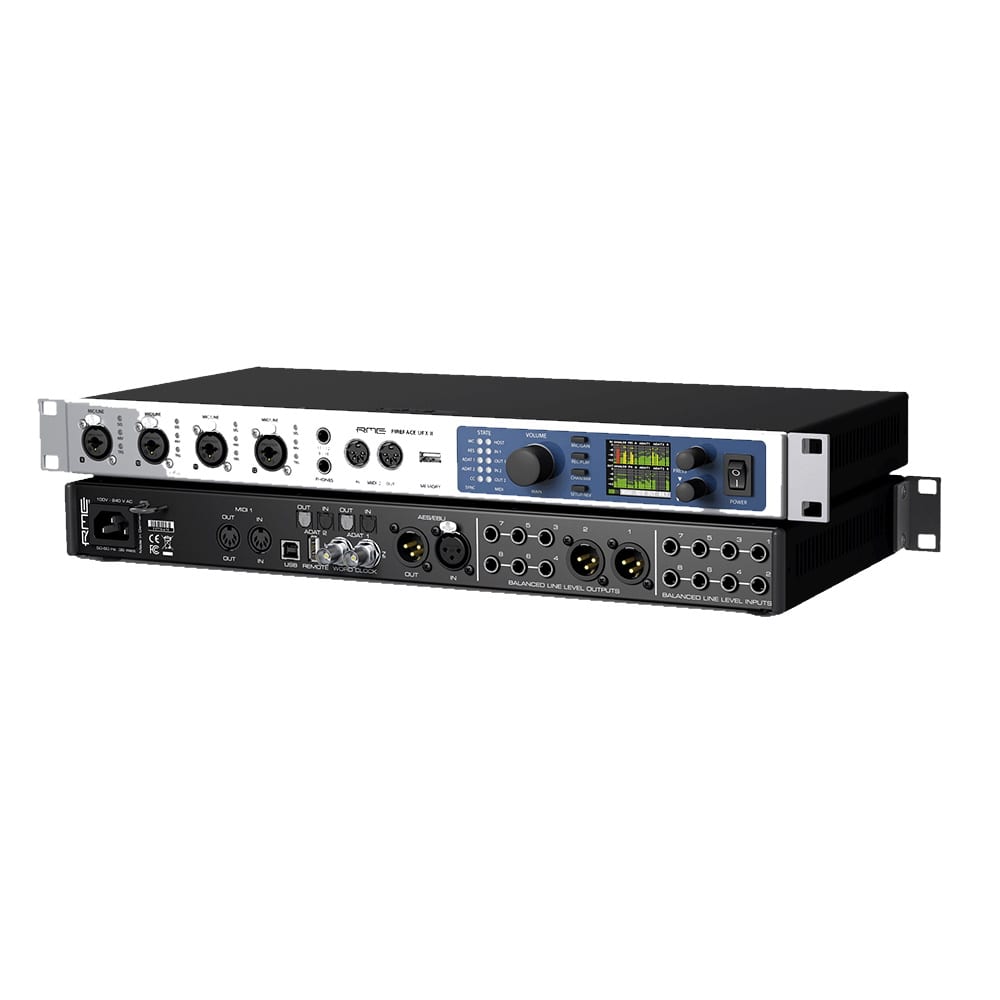
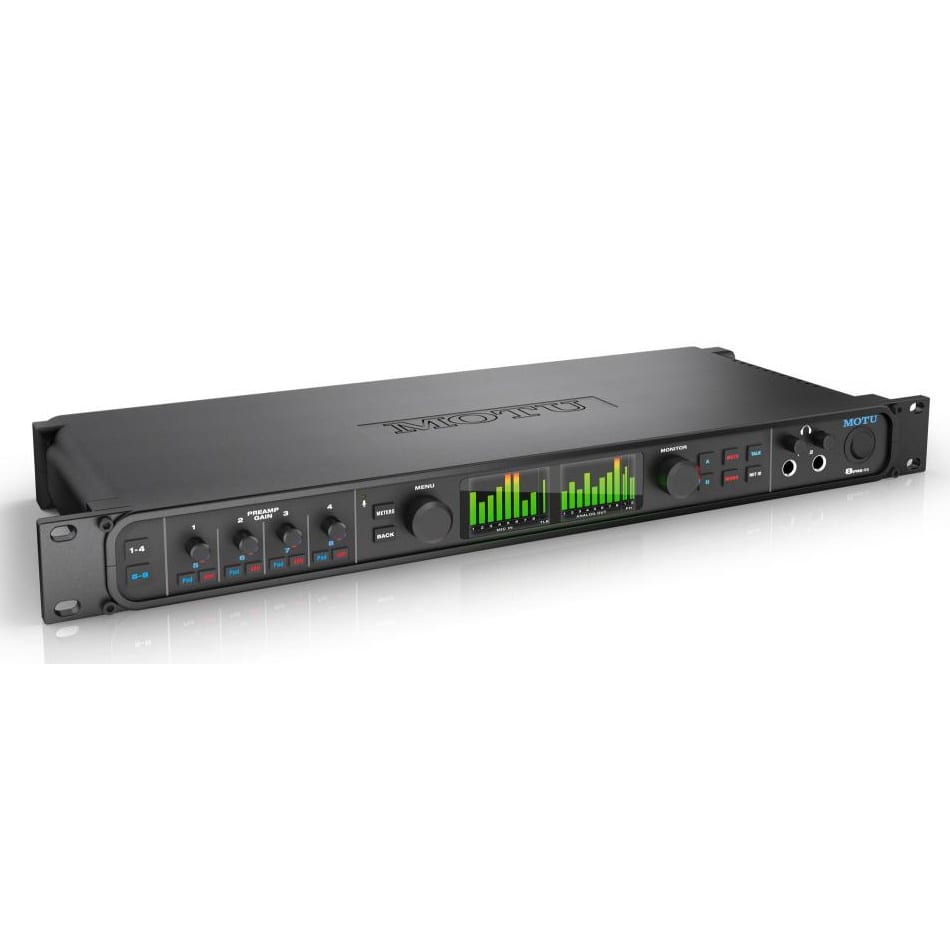
Reviews
There are no reviews yet.